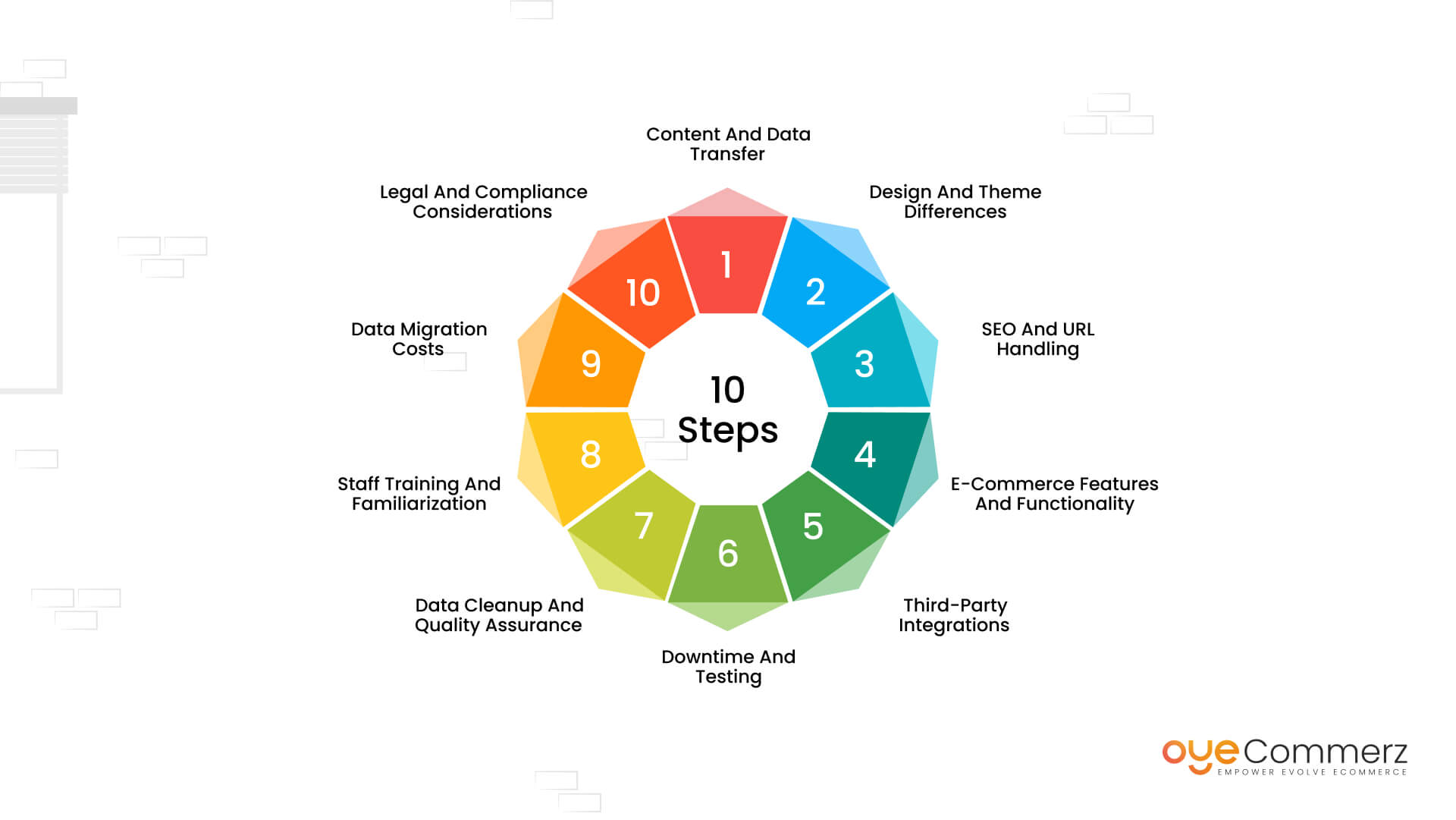Shifting from WordPress to Shopify is an exciting step in optimizing your online store operations. As businesses expand, choosing a platform that supports scalability, user experience, and customization becomes crucial. Shopify is widely recognized as a favorite for e-commerce professionals, offering superior flexibility, security, and ease of use. In this guide, we’ll explore why this migration is a game-changer, discuss the advantages, and provide actionable steps to facilitate a seamless move.
1. Why Switch from WP to Shopify?
The combination of WordPress and WooCommerce, has served countless online stores. Nevertheless, as companies expand, issues like plugin dependency, data risks, and complex setups can hinder progress. Shopify, specifically created for digital retail, addresses these concerns with an comprehensive, user-friendly solution. Real data supports this transition—Shopify powers over 4.4 million websites globally, with a documented 10% boost to sales performance for numerous merchants after migration.
2. Shopify's Advantages for Thriving Online Stores
Shopify’s powerful platform is tailored for expanding businesses. Its standout benefits include:
- Seamless Customization: Shopify offers over 80 professionally designed themes.
- Built-in Features: Features like Shopify Payments and built-in SEO streamline operations.
- International Expansion: Multi-currency support and regional customization empower brands to reach global markets.
Additionally, Shopify delivers an uptime rate of 99.98%, ensuring your website remains accessible.
3. Getting Ready for Your WordPress-to-Shopify Transition
Prior to starting the migration process, assess your existing setup. Analyze product data, client information, and SEO performance. Resources such as Shopify’s Migration Kit or third-party solutions can simplify this process. Develop a detailed strategy, making sure all assets—product descriptions, media files, and blog content—are ready for seamless import.
4. The Importance of Accurate Data Migration
Transferring your data is a cornerstone of a successful transition. When migrating from WordPress to Shopify, prioritize:
- Inventory Details: SKU, descriptions, and categories.
- Customer Data: Emails, order history, and custom fields.
- Search Shopify migration pricing Engine Considerations: Retain meta tags, URLs, and redirects to maintain search rankings.
Leverage apps like LitExtension to facilitate seamless migration while reducing mistakes.
5. Customizing Your Shopify Store
Post-migration, personalizing your Shopify store ensures it reflects your brand. Utilize Shopify’s drag-and-drop editor to design pages effortlessly. Shopify's templates are mobile-responsive, ensuring a smooth user experience across devices—a key point, given 74% of online shopping comes from mobile visitors.
6. Maintaining SEO During Migration
SEO is vital for preserving your visibility during migration. Shopify is highly optimized for search engines with organized link formatting, built-in optimization tools, and seamless blog integration. Ensure:
- Set up URL forwarding for old URLs.
- Optimize new pages with keyword-rich content.
- Use Shopify's apps Plug in SEO to monitor performance after the switch.
7. Post-Migration Testing
After finishing the transfer, run detailed checks.
Check: - Website speed (Shopify boasts faster speeds in contrast with WordPress).
- Payment integration reliability and transaction flow.
- Adaptability across devices.
Quality assurance ensures your store delivers a smooth shopping experience from day one.
8. Case Study of a Successful Migration
An example of effective platform switching is Gymshark, a fitness apparel brand that moved to Shopify. After the switch, the company saw a 60% boost in mobile sales and significantly lowered site downtime. This showcases the E-commerce website migration potential of Shopify in enhancing e-commerce growth.
9. Challenges and Solutions
Migration is not without obstacles, such as data integrity and adjusting tailored features. However, Shopify’s robust support and external professionals simplify the process. Partnering with experienced Shopify developers helps guarantee a trouble-free transition.
10. Starting Your Journey with Shopify
Migrating from WP to Shopify marks a forward-thinking approach to online retail. By focusing on growth, simplifying management, and enhancing the customer experience, Shopify empowers businesses to succeed in challenging industries.
Conclusion
Transitioning from WP to Shopify is a strategic move that can significantly boost your e-commerce success. With a well-structured strategy, the appropriate resources, and professional guidance, you can unlock new growth opportunities.
Excited to start the journey? Reach out today to learn how our Shopify migration services can revolutionize your e-commerce platform. Contact us now, or ask yourself: Can your business afford to miss out on Shopify’s growth potential?
